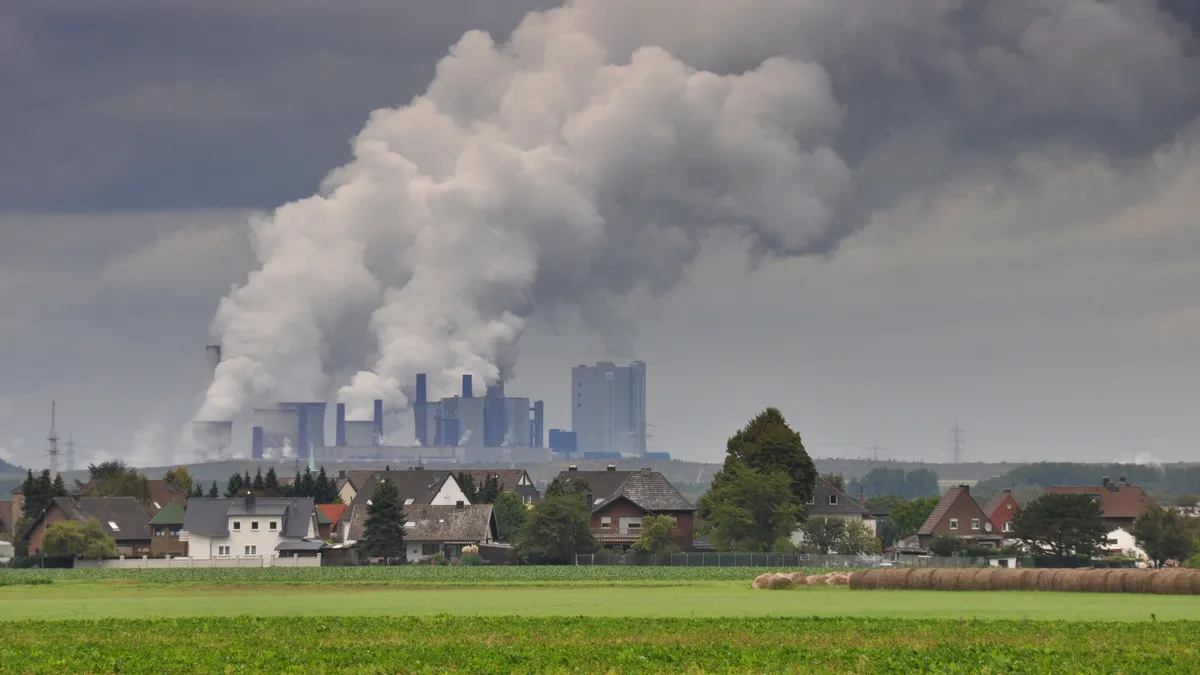Dive Brief:
- The top 100 U.S. electricity producers reduced carbon dioxide emissions 13% between 2008 and 2012 and significantly cut nitrogen oxides, sulfur dioxide and mercury in the same period, according to a new report from Ceres.
- These numbers show electricity producers can meet new emissions limits scheduled to be announced by the Environmental Protection Agency (EPA) on June 2, the report concludes.
- The report's findings also show the new EPA standards will drive increased investment in renewables and energy efficiency, according to Ceres President Mindy Lubber.
Dive Insight:
Among the major factors in the CO2 emission reductions were (1) increased energy efficiency, (2) displacement of coal generation by natural gas and renewables, and (3) slowed economic growth, according to the report.
Use of renewables-generated electricity increased 31% between 2010 and 2013 despite a drop in total electricity generation, Ceres reported. Coal fell to 39% of the top 100 companies energy mix in 2012 after being 44% in 2011. Coal plants were run during 60% of their availability in 2013, down from 73% in 2008.
About 18% of U.S. coal plants, over 58,000 megawatts of nameplate capacity, have been slated for retirement since 2010, according to Ceres, and the lastest EIA figures show 60 gigawatts of coal capacity will retire by 2020.
States’ CO2 emissions per megawatt-hour of energy produced differed significantly, with Kentucky, Wyoming, West Virginia, Indiana and North Dakota having the most and Idaho, Vermont, Washington, Oregon and Maine having the least.
From 1990, when the last changes to the Clean Air Act were passed, to 2012, nitrogen oxide (NOx) emissions fell 74% and sulfur dioxide (SO2) emissions dropped 79%, and mercury emissions have fallen 51% since 2000.
The Ceres report was released the same day as a U.S. Chamber of Commerce report predicting the EPA rules will cost the U.S. more than $50 billion a year by 2030 and as many as 224,000 jobs.














